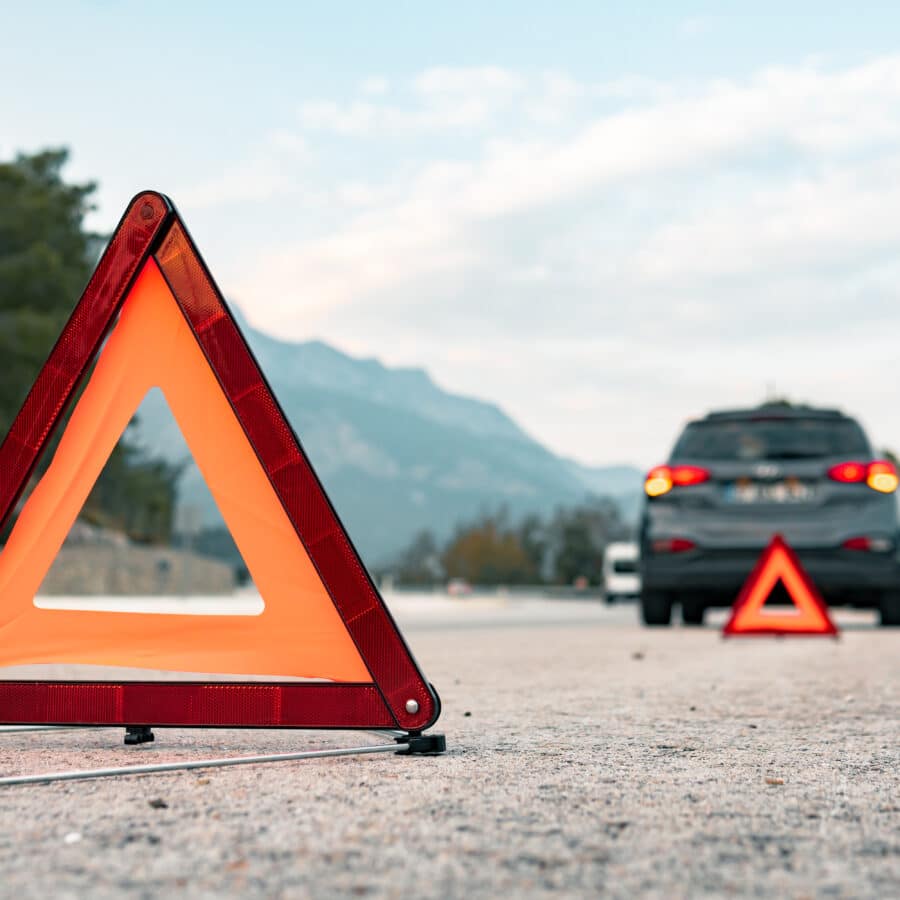Contrary to popular belief, tire blowouts are not the pervasive problems they once were. Instead, the most common cause of tire failure for modern cars is tread separation. This occurs when the belts under the tread of the tire come apart. Because of the way tire companies design and manufacture modern steel-belted radial tires, tread separations occur more frequently than other types of failures, including blowouts, sidewall zipper failures, bead fractures, and multi-piece wheel explosions.
It is common to hear people refer to a tread separation as a blowout — and the resulting catastrophic car crash can be similar. However, the cause of a tread separation is very different from the mechanism behind a blowout. If an incident involves a modern radial tire, chances are it was a tread separation.
If a tread separation caused your car wreck, a defective tire may be to blame. At Newsome Melton, our attorneys can review the details of your crash and explain if you have a viable case against the tire manufacturer or another party. You may be eligible to recover compensation for your injuries, property damages, and other losses. Call 888-221-5316 today for a free consultation.

Tread separations are the most common cause of tire failure.
How Does Tread Separation Occur?
Radial tires have two belts, usually made of steel, wrapped around the tire. The tread is then put over the top of the belts, making it strong and difficult to penetrate. The manufacturers then bond the tread to the sidewalls, which are flexible enough to allow the tire to change shape slightly. This provides some cushioning and gives added comfort to the ride.
When there is an issue in the tire’s bonding or other components, it can cause these belts to come apart. When this occurs, the belt and tread can separate from the rest of the tire. Even when the tread only partially separates, it can cause the driver to lose control, leading to a devastating crash.
Adhering steel or other materials to rubber is more difficult than it may seem. Any deviations from the proper protocol during this process can lead to defective tires with an increased risk of tread separation. This is most likely to occur at high speeds and in warm temperatures. If a manufacturer becomes aware of a pervasive problem with tread separation in its products, it might issue a tire recall.
What Is the Effect of a Tire Recall?
Since radial tires became the norm in the 1960s, tread separation has been a top cause of tire failure. However, this issue only came to the attention of many people in 2000 when Bridgestone/Firestone issued a high-profile recall of millions of tires because of the risk of tread separation. Before this recall, many people died and suffered injuries in crashes related to the defective tires.
Many victims of tread separation crashes were able to hold Bridgestone/Firestone and automakers liable for their injuries. Ford, which used these tires on many light trucks and SUVs, lost billions of dollars because of the recall and resulting civil suits.
How Can I Speak with an Attorney About My Tread Separation Crash?
At Newsome Melton, we offer free case reviews to help victims understand their legal right to compensation. We can help you recover the money you deserve to pay your medical bills, repair or replace your vehicle, and pay for other associated losses.
Call us at 888-221-5316 today to get started.


